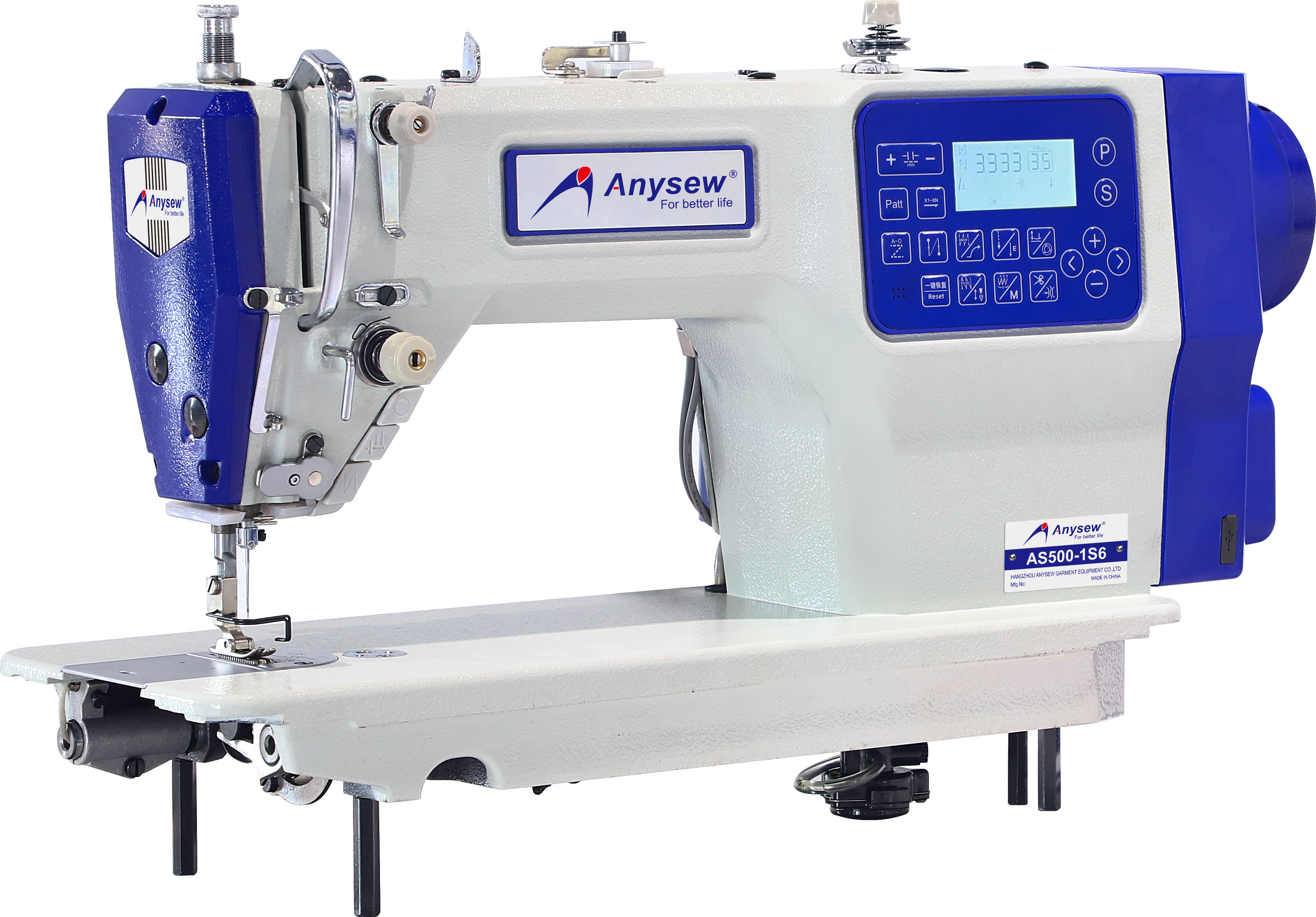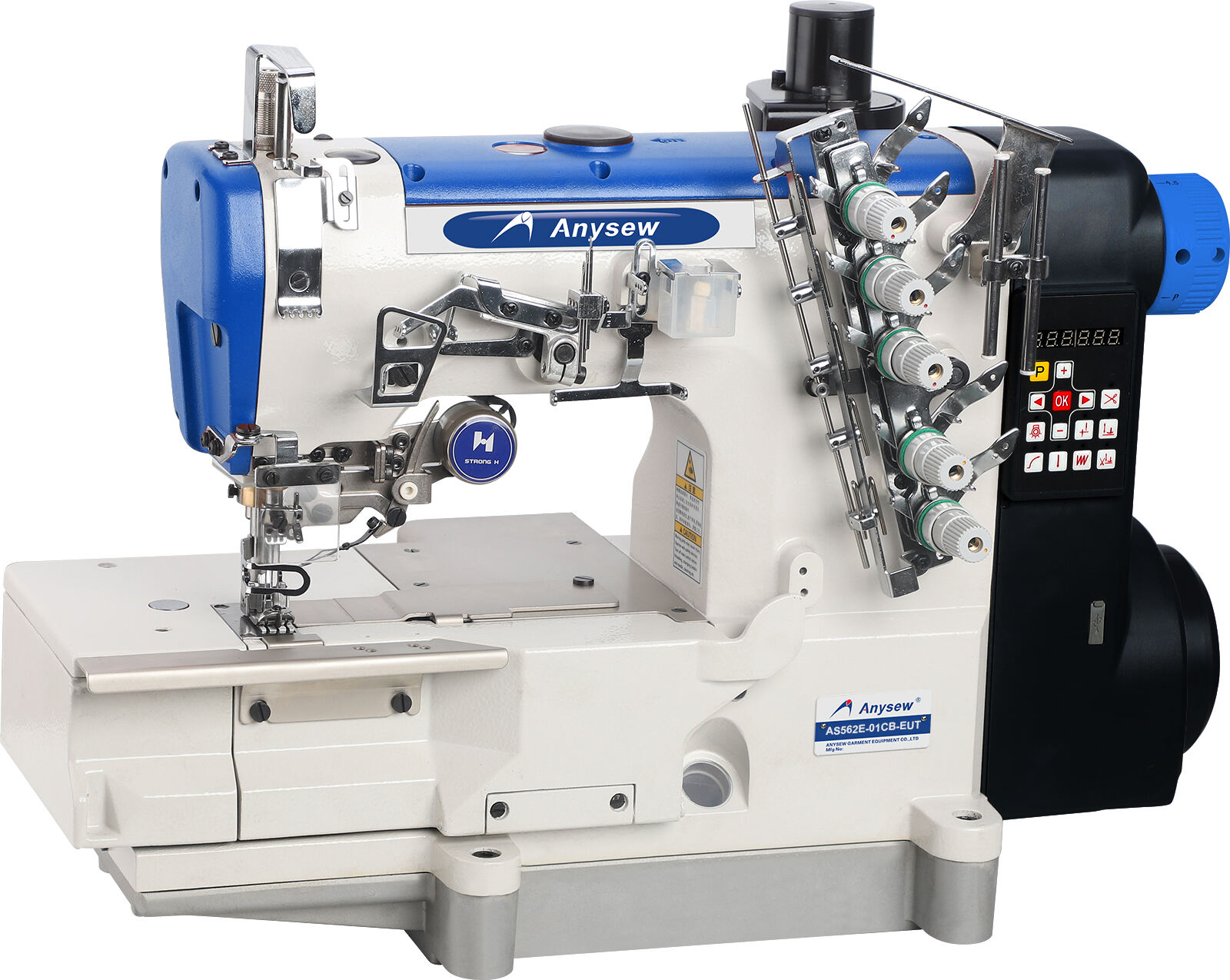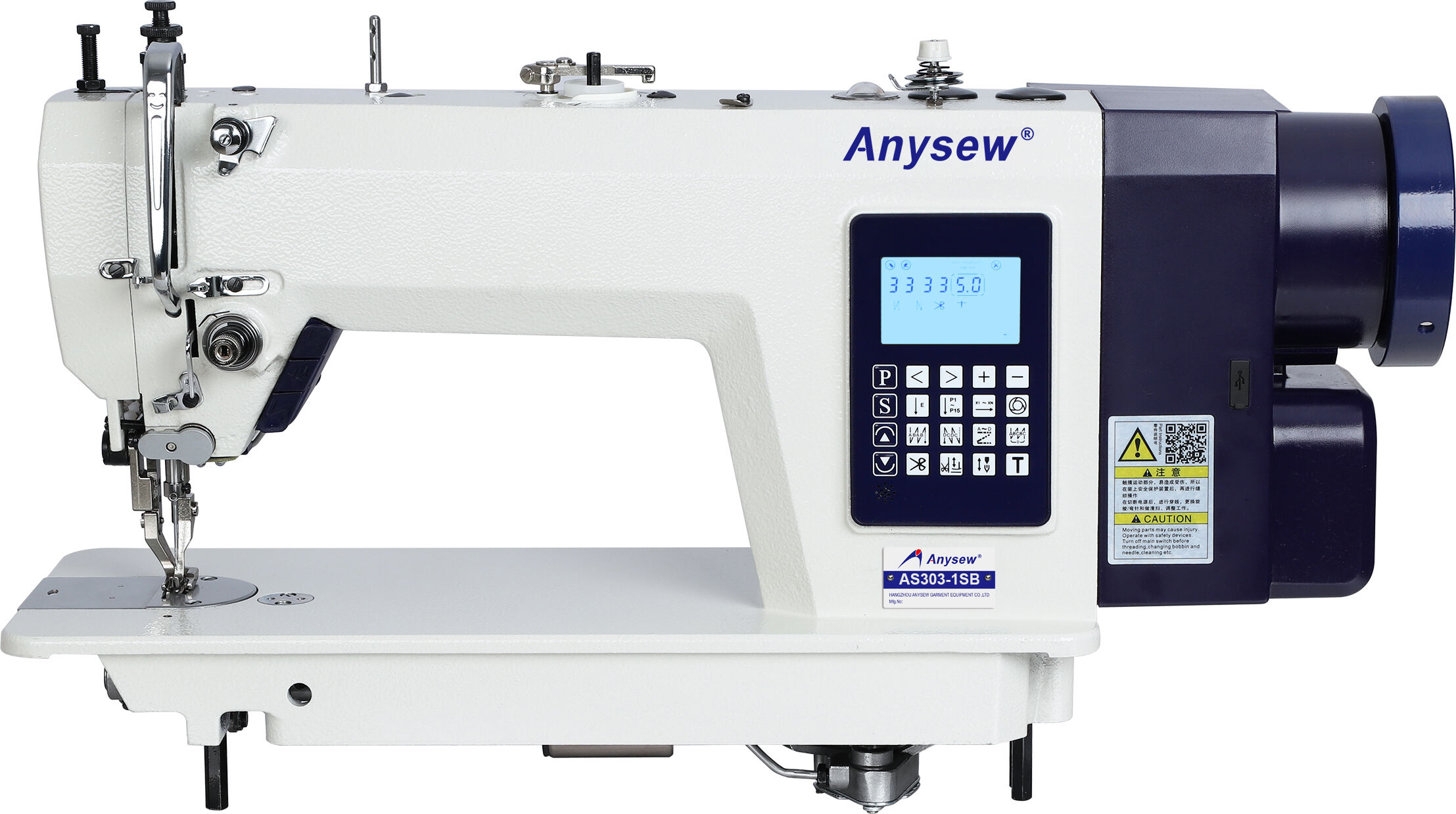servo sewing machine
A servo sewing machine represents a significant advancement in modern sewing technology, combining precision control with enhanced efficiency. This sophisticated machine utilizes a servo motor system that provides precise speed control and energy efficiency, making it ideal for both industrial and professional applications. The servo motor enables smooth operation across various speeds, from extremely slow to high-speed stitching, while maintaining consistent stitch quality. These machines feature digital control panels that allow operators to adjust various parameters including speed, stitch length, and tension settings with exceptional accuracy. The servo system also provides instant start-stop capability, reducing material waste and improving overall productivity. With built-in needle positioning and automatic thread trimming functions, these machines streamline the sewing process significantly. The servo technology ensures minimal vibration during operation, contributing to reduced noise levels and increased operator comfort. Modern servo sewing machines often include programmable stitch patterns and memory functions, allowing for consistent results across multiple production runs. Their energy-efficient design typically results in power savings of up to 70% compared to traditional clutch motors.


